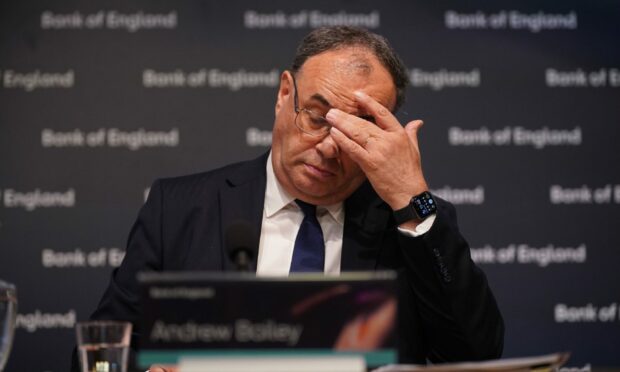The Bank of England has a role in UK economic success, it is independent and has a remit to keep inflation to 2% – this remit is now a few decades old.
That target was created to encourage stability and with that the prospect of security and certainty for the people of the UK.
To meet that target the BoE can print money (or remove it from supply) or more classically raise or cut interest rates.
Textbooks tell the BoE that raising interest rates will make inflation fall.
The problem is the textbooks haven’t really considered a situation where inflation is caused by war, a pandemic that has supressed supply, supply chains themselves being under resourced, Brexit limiting labour and a weak pound.
Why interest rate rises will hinder not help
I suspect some boffin has written about this and the fact that raising interest rates does nothing at all for almost all of these factors, and so will have no meaningful impact on UK inflation.
Its been said the rise will be good for savers. However, with inflation at 10% (I’ll write about that next week as its really higher in effect for most) people should be spending their money not saving it.
The real value of money with a saving rate of 3% is declining each year, so the marginal benefit for savers it tiny.
Rich people with ‘savings’ don’t put their cash in a super saver account, they get larger returns in privately managed portfolios!
Rich people with ‘savings’ don’t put their cash in a super saver account, they get larger returns in privately managed portfolios”
What the interest rate rises will do is hurt those with debt (mortgages / loans) and suppress UK demand as it will have a negative impact on business investment, one of the drivers of efficiency / productivity. This all makes a recession almost inevitable and even the chat of that reduces confidence and provides more downward pressure.
The drivers or our inflation are global and local but not caused by high demand which is when interest rate increases have their greatest impact.
The recent interest rise is like taking the roof off a house because it’s too hot in a thunderstorm instead of opening the windows.
The rate rise shows the BoE is doing something to battle inflation but frankly this ‘help’ is going to cause short-term pain for many in the UK.
I wrote last October that inflation would be double digits by spring 2022, this will continue to next year and I’m afraid economically for many the clouds are only just gathering.
So perhaps the old textbook plays aren’t the right ones for the BoE or Government just now.


Conversation